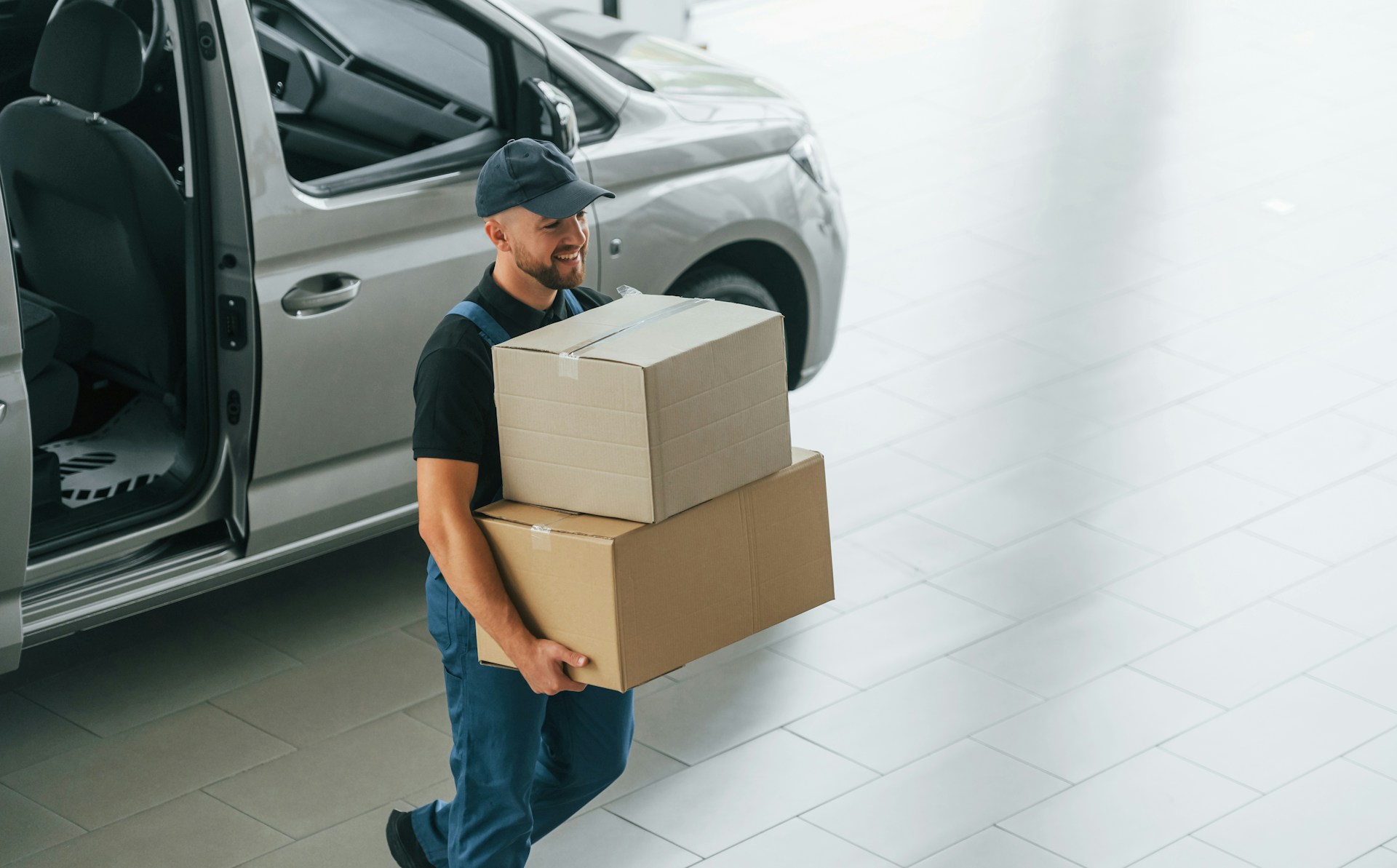The rapid rise of cashless payments and the growing demand for contactless services have transformed how businesses operate, and the courier industry in London is no exception. As the capital continues to embrace digital technology, courier companies adapt to meet the needs of a more tech-savvy and safety-conscious public. The surge in contactless and cashless deliveries has improved the convenience and efficiency of services and provided a safer and more secure way of handling transactions in an increasingly digital world.
The Shift to Cashless Payments
Cashless payments have been on the rise for several years, but the pandemic accelerated this trend, with many consumers opting for safer, contact-free ways to make purchases. In London, where people have long been accustomed to using mobile wallets, credit cards, and other digital payment methods, it is no surprise that the courier industry has followed suit.
Couriers in London are increasingly offering customers cashless payment options. This shift is driven by the convenience it provides both for businesses and consumers. For customers, paying for deliveries via apps or contactless cards removes the need to handle physical cash, streamlining the payment process. Additionally, it makes transactions faster, enabling both parties to focus on other aspects of the delivery rather than waiting for cash exchanges.
Couriers now accept many cashless payment methods, including debit and credit cards, mobile payment platforms such as Apple Pay, Google Pay, and dedicated courier service apps. By integrating these options into their platforms, delivery companies cater to the growing number of consumers who expect frictionless, secure, and fast transactions.
For businesses, the move to cashless payments offers a more efficient way to manage transactions. It reduces the need for cash handling and the risks associated with physical money. Cashless payments also reduce human error and administrative overhead, allowing businesses to focus more on improving their services and expanding their reach.
The Demand for Contactless Deliveries
Alongside the rise of cashless payments, there has also been a surge in demand for contactless services across all sectors, and the courier industry is no exception. The desire for contactless deliveries became even more apparent after the COVID-19 pandemic, as consumers and businesses prioritised health and safety.
Contactless delivery involves minimal or no physical interaction between the courier and the customer. The process typically allows goods to be dropped off without requiring direct handovers or signature exchanges. Couriers can leave packages at the door, take a photo of the delivery to confirm it, or, in some cases, use smart lockers or secure delivery points that customers can access at their convenience.
The appeal of contactless deliveries is clear for consumers. They eliminate the need for face-to-face interaction, helping customers feel more secure about receiving their parcels while maintaining social distancing guidelines. In a city like London, where the fast-paced lifestyle often leaves customers with little time to wait for deliveries, the option of having parcels delivered contactless also adds a level of convenience.
From the courier company’s perspective, contactless deliveries help streamline operations. Reducing face-to-face interactions can speed up the delivery process, as couriers can quickly drop off packages without waiting for signatures or engaging in time-consuming exchanges. It also reduces the likelihood of human error in the delivery process, as there is less room for miscommunication when the interaction is kept to a minimum.
Enhancing Security with Digital Solutions
One of the key drivers behind the shift to cashless and contactless deliveries in London is the enhanced security these methods provide. Digital payments are typically more secure than cash transactions, as they are protected by encryption and fraud detection systems. This reduces the risk of theft or loss of money, which can occur in cash-based transactions.
For courier companies, adopting cashless payment systems reduces the need to handle large sums of physical cash, which can be a target for theft. It also minimises the chances of human error, such as miscounting change or handling incorrect payment amounts. By digitising the payment process, couriers can ensure that funds are transferred securely and instantly, providing peace of mind for both the business and the customer.
Similarly, contactless deliveries improve security by eliminating the need for physical interactions, which can sometimes lead to disputes or confusion. Digital tracking systems, which are often integrated with contactless delivery services, allow customers to monitor the progress of their packages in real-time, providing further reassurance about the safety of their deliveries.
The use of smart technology in secure lockers or authorised pick-up locations has increased, offering another level of security. Customers can retrieve their parcels conveniently, reducing the risk of stolen packages left unattended outside homes or businesses. These smart lockers, which often require a code or QR scan to access, are becoming increasingly popular in London as they provide a safe, contactless solution for both parties.
The Future of Contactless and Cashless Deliveries
As London continues evolving as a hub for innovation, the courier industry will likely see even more advancements in cashless and contactless delivery services. With technology constantly improving, courier companies are exploring ways to make deliveries even more seamless. Integrating artificial intelligence, machine learning, and autonomous vehicles could further streamline the delivery process, allowing couriers to offer even faster, more efficient services.
In addition, the growing emphasis on environmental sustainability may lead to an increase in eco-friendly delivery methods, such as electric vehicles or cargo bikes, which can be easily integrated into cashless, contactless systems. This would reduce emissions and make the delivery process even more convenient and customer-centric.
 Heart
Heart Haha
Haha Love
Love Wow
Wow Yay
Yay Sad
Sad Poop
Poop Angry
Angry
